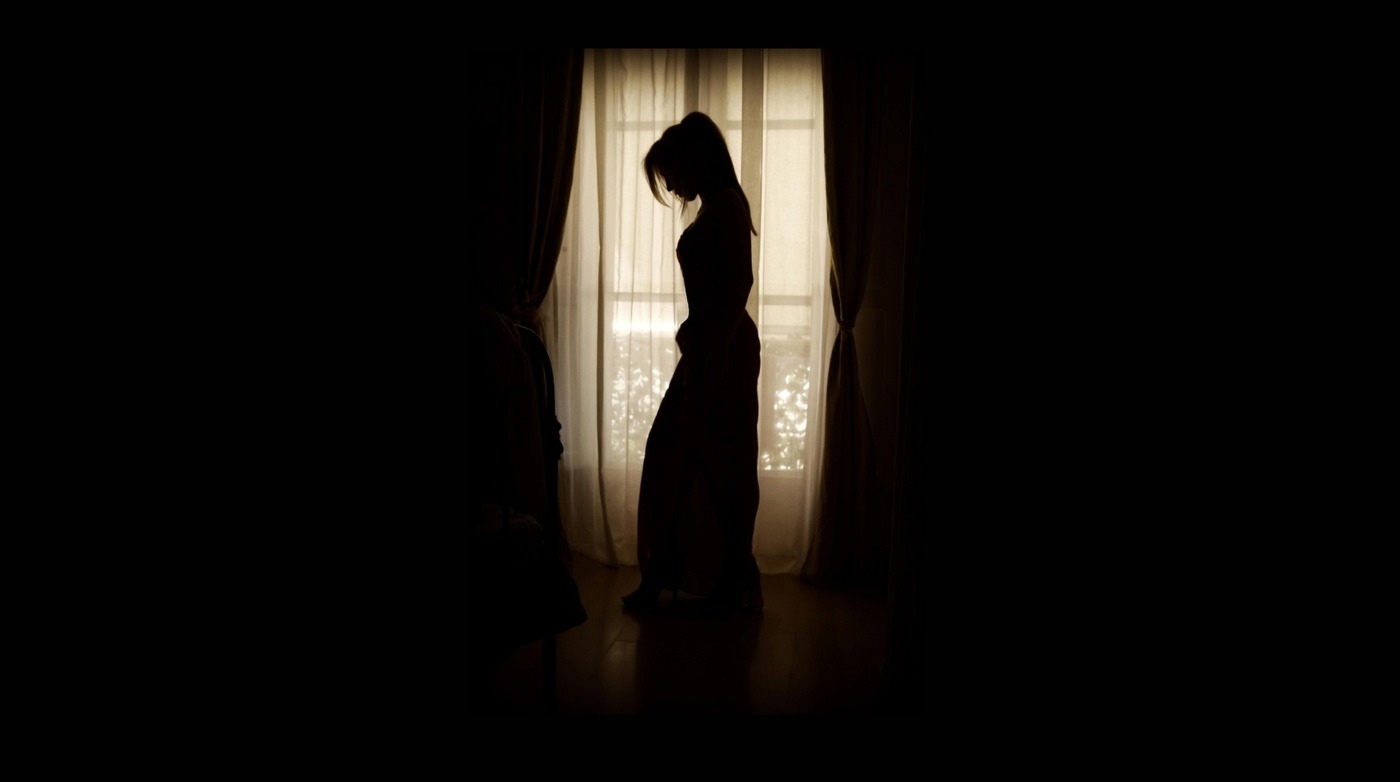Translating fear to theatre: ‘The Woman in Black’
Susan Hill’s 1983 novel The Woman in Black is one of the finest modern ghost stories ever written. Taking elements from the wealth of literature that preceded it, it tells the simple yet effective story of Arthur Kipps and his encounter with a ghost driven by an unquenchable desire for vengeance. Since its release, ghost stories have struggled to stir the public consciousness, even Hill was unable to repeat her own success. This may be due to audiences flocking to see horror which tended to focus on thrills and gore as opposed to the ghost story’s quiet and often moralistic take on the supernatural.
Alternatively, it may be because ghost stories are just difficult to pull off outside the pages of books. Even the film version of The Woman in Black (2011) veered more towards mainstream horror, filled with jump scares and an abundance of the genre’s tendency towards excess and clichés. That being said, one adaptation of the book did turn out to be not only faithful but also a critical and commercial success. That adaption was the 1987 stage version which still runs to this day, haunting any audience who dares to see it long after the final bows.
Theatre-goers gasp and scream and, in one particularly amusing incident, let out an involuntary “oh no”
Having witnessed it twice, the first time in the West End and later during its most recent tour in Cheltenham, I can testify with confidence that this play produces audible terror from its audience. Theatre-goers gasp and scream and, in one particularly amusing incident, let out an involuntary “oh no” which echoes through the theatre while Kipps tries to sleep.
In keeping with the spirit of the novel this isn’t a horror story. Its focus is on generating an unnerving atmosphere, on frightening the imagination. It uses quick movements and sounds which are more effective than any monster. Imagination itself is key when the play introduces a dog, entirely brought to life by actors pretending to see and interact with it. On paper this may seem ineffective, but when the sense of danger creeps in, you genuinely fear for the invisible animal’s life. The pacing is perfect at inducing dread and even when the characters feel they are safe, the Woman herself quickly corrects them. Had The Woman in Black simply recreated the events of the novel it would have been a perfectly decent ghost play, but it takes things a step further, allowing it to stand not only as a great play but a great example of how to change a work for the benefit of a medium transfer.
If you’re looking for a play to chill the bone then it doesn’t get better than The Woman in Black
Someone who has only read the book may find it odd that there are only two actors listed in their program. While the idea of actors multi-tasking roles is often associated with Brechtian techniques, or for effective comedy a la The Thirty-Nine Steps, its use here works on multiple levels. The play adds to the premise of the book by having it be an older Kipps try to tell his story with the help of an actor, who later goes on to play younger Kipps opposite the man’s he trying to help playing everyone he encounters. The actor’s role, before he becomes Kipps and begins telling the story is to shine multiple spotlights on how the ghost story can be translated to theatre. Recorded sound replaces long description passages. Effective lighting recreates Eel Marsh House.
The play is a celebration of theatre’s capabilities both for horror and humour, as early on the older Kipps mumbles his way through the text, refusing to think of it as performance, even as the actor pressures him to think more creatively about conveying his message. Even when the two are in the full thrust of the story, the fact that its consciously theatre, consciously performance doesn’t detract from the atmosphere, all of which makes the play an even greater triumph for not only recreating a horrifying tale but to make it sing on stage. The actors’ chemistry is electric, the script’s wit is razor sharp and it all results in a deeply satisfying experience.
If you’re looking for a play to chill the bone then it doesn’t get better than The Woman in Black. It weaves the magic of the novel effortlessly into the stage and will delight anyone who wants to understand the effectiveness of theatre as a medium, as well as the power of a good ghost story.

Comments